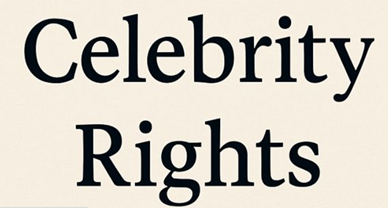Australian Court Largely Rules against AGL
In a recent ruling by Australian Court in the case between AGL Energy Ltd. and Greenpeace Australia Pacific regarding the dispute between alleged trademark and copyright infringement by Greenpeace. The decision of the court was largely in favor of Greenpeace. AGL is one of the largest power companies in Australia that provide electricity to almost one-third of households in Australia. Greenpeace in its May 2021 campaign where it protested against AGL’s use of coal-burning power station has used AGL’s logo in the same. Aggrieved by this, AGL took Greenpeace to the Federal Court alleging Trademark and Copyright violation. In the campaign, Greenpeace called AGL “Australia’s biggest climate polluter” with its billboards at various places, accusing it of “greenwashing.” Even more so, Greenpeace’s website also uses the tagline “Australia’s Greatest Liability” in its website, social media posts, posters, banners, and other paraphernalia using the AGL’s logo and even an altered version of its logo.
[Image Source: gettyimages]
Fair Dealing
As per few reports, AGL is the leading source of greenhouse gases in Australia with over 8% of the total emission. Its large-scale use of energy and less reliance on renewable sources only garnered 10% of the power supply in 2020 with its planning to switch on to renewable sources by 2048.
Meanwhile, Greenpeace contended that the use of the logo was only for “fair dealing” because the use was for criticism and not for a trade secret, and as per the copyright law, this comes under fair dealing. Despite this, AGL lawyer Megan Evetts said there was a “clear intention to harm the brand.” Primarily, AGL’s contention was onto the conduct of Greenpeace which was not for criticism or satirical purpose but was for harming the brand and a part to pressurize AGL to change the way for the company to work. The use of AGL’s logo cannot be, in any case, termed as fair use as the logo was primarily being used for defaming the reputation and making it ‘toxic.’
Defense of Fair dealing
The Australian Court ruled against AGL’s trademark claim and a few parts of the copyright claim. While noting the use of the logo by Greenpeace, Justice Burley observed that the tagline “Australia’s Greatest Liability,” which was placed alongside the altered logo was indeed the work of satire. If a mark is used for more than one purpose, the mere fact that one of the purposes was not satire will not prevent the party to rely on this defense. Relying on a similar proposition, the Court found that one of the major purposes of the use of the logo by Greenpeace was for seeking the attention of the viewers and specifically to an object or criticism. So there are chances that Greenpeace has further purposes, but this will not, in any case, restrict Greenpeace to rely on the defense of satire use. The copyright protection is to protect the owner’s artistic expression but no such mechanism is there which helps in protecting the owner’s reputation. The Court emphasized the freedom of speech and compared it with the fact of providing with the fair dealing defense, which was for providing the degree of freedom of speech and promoting the level of criticism of the subject matter or the conduct of the owner. Conclusively, the Court relied on that in pursuit of permitting the level of disclosure, it might affect the copyright owner and reputation in the mind of the consumer. Nevertheless, the placards and some social media posts which consist of a logo and the phrase “Australia’s biggest climate polluter” have violated copyright law as there was no satirical thing about them that can take the defense of fair use.
Finally, for the trademark’s claim, the Court made it clear that the Greenpeace use of the mark was just for the subject of criticism and there was no use of promotion of goods and service by reference to the mark. This case was useful in the sense that it defines what falls within the fair deal use and especially the parody or satire exception, as such types of cases have received less type of judicial consideration within Australia. More importantly, the use of defense will be available even if the mark is used for other purposes.
Author: Saransh Chaturvedi an associate at IP & Legal Filings, in case of any queries please contact/write back to us at support@ipandlegalfilings.com.




